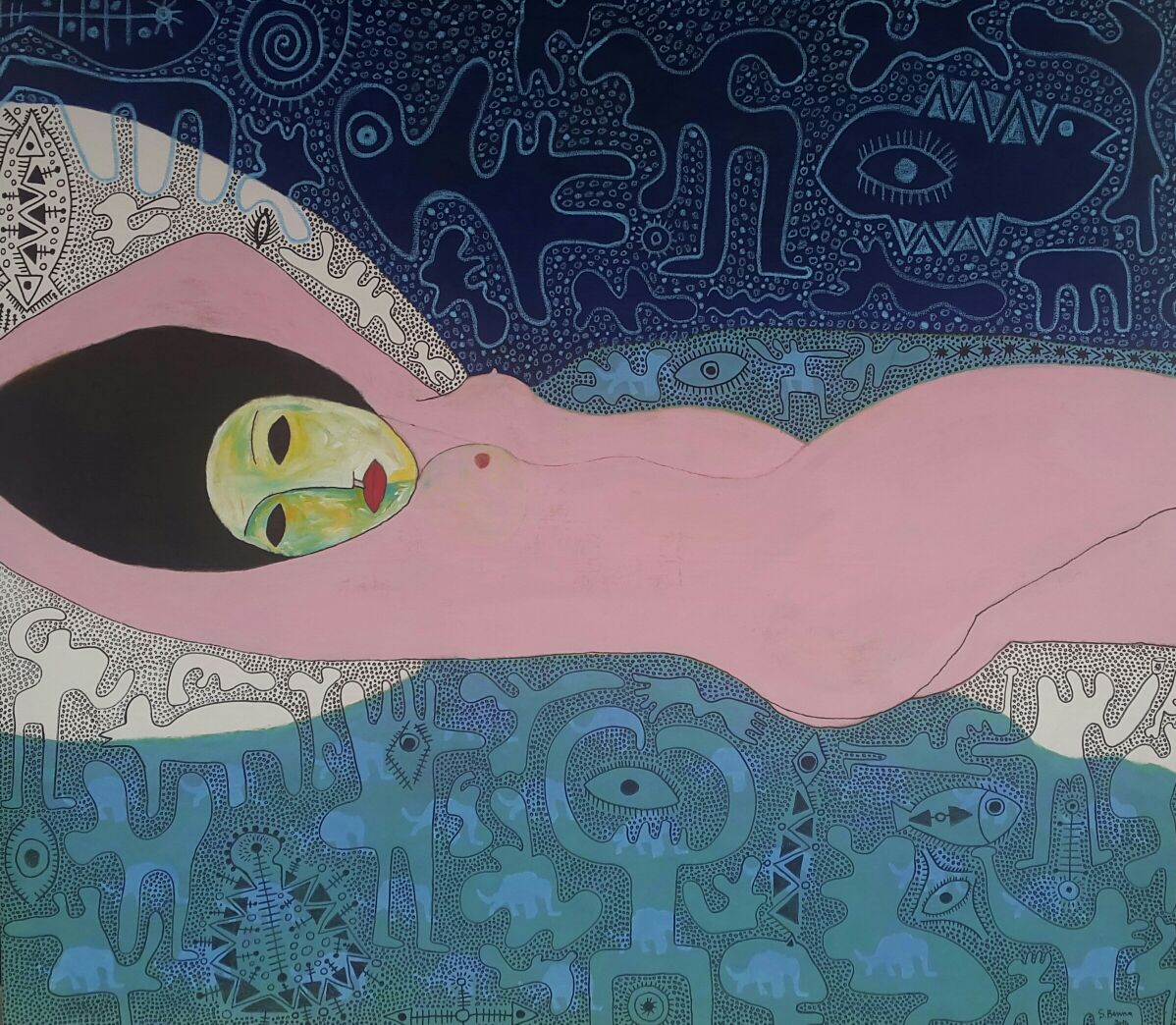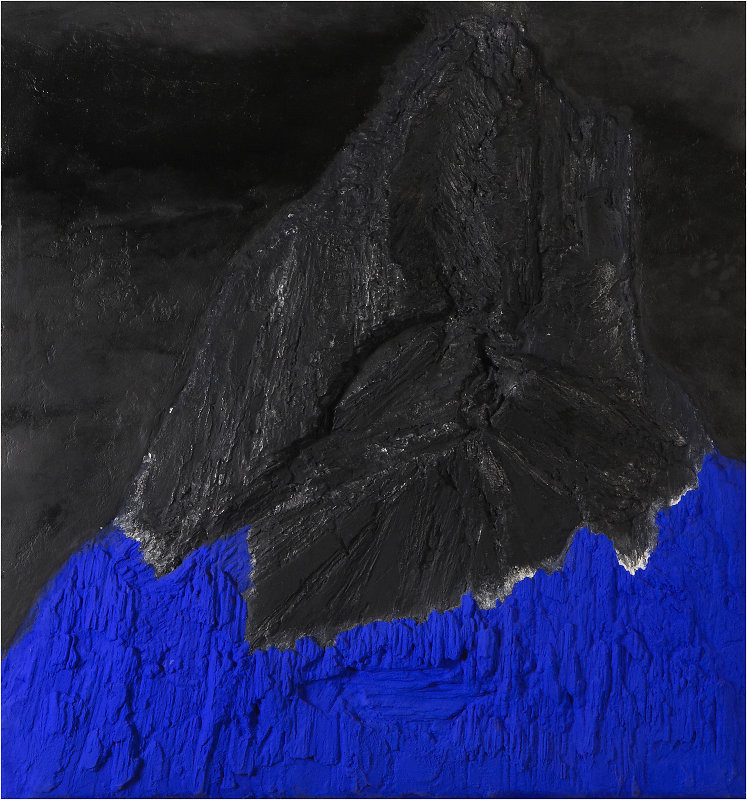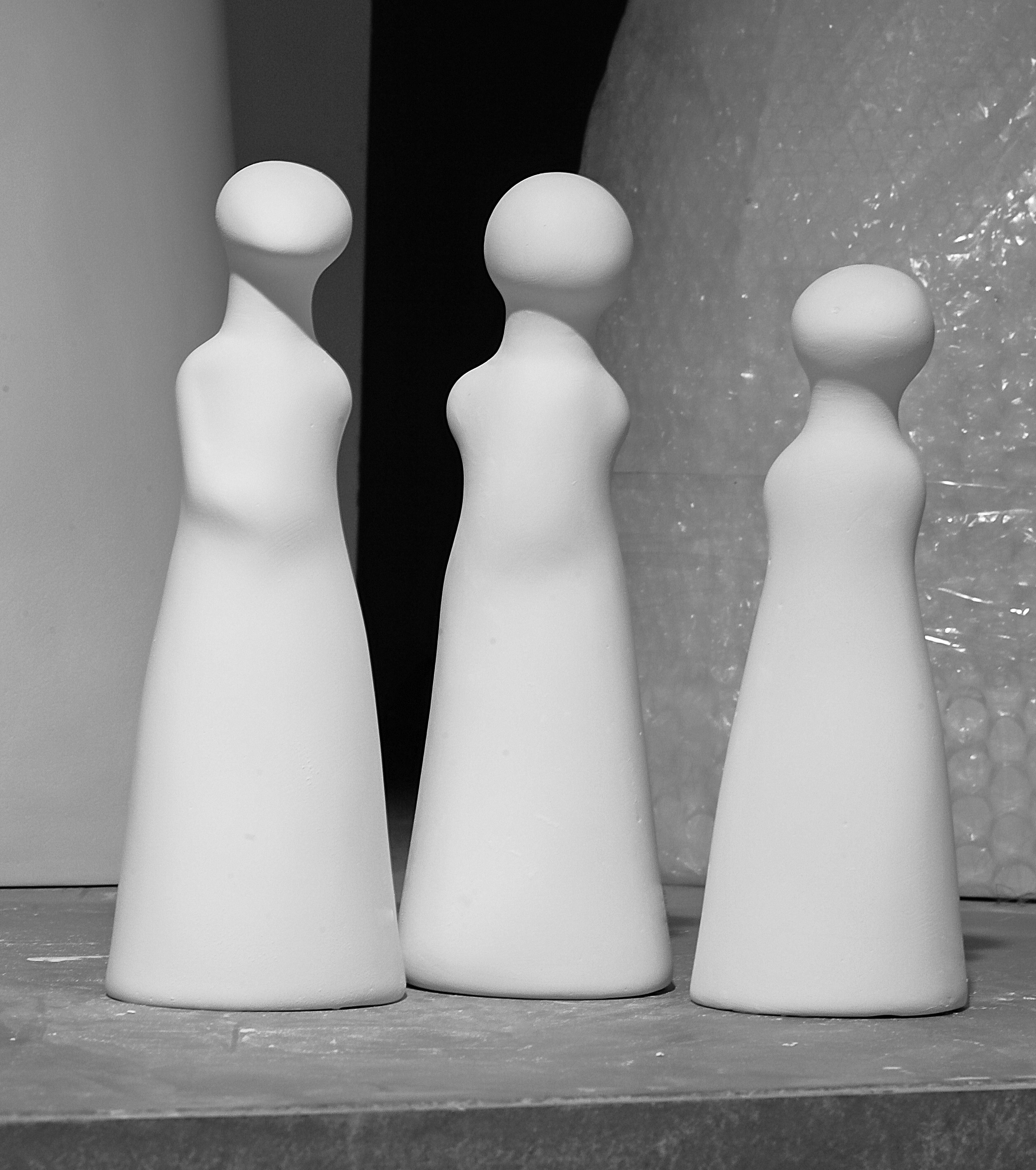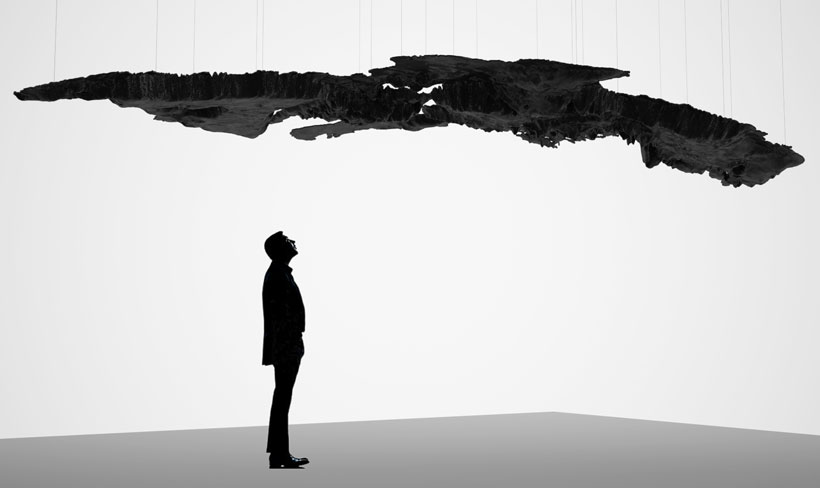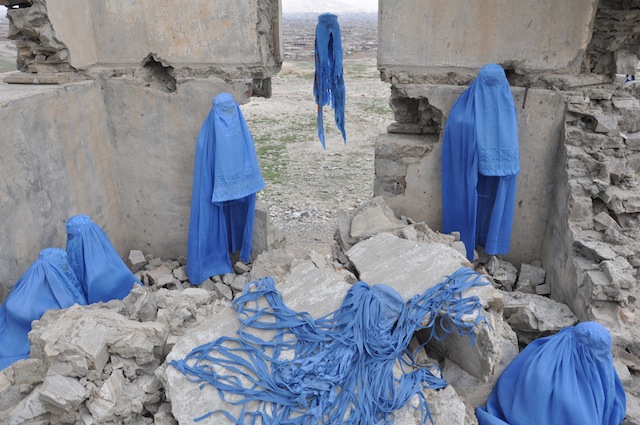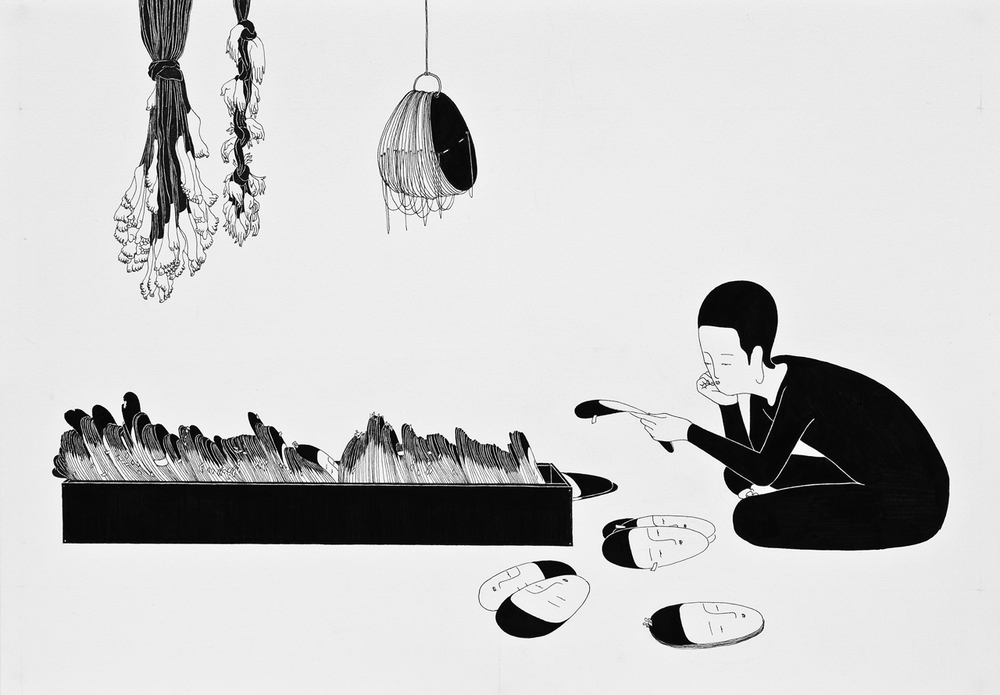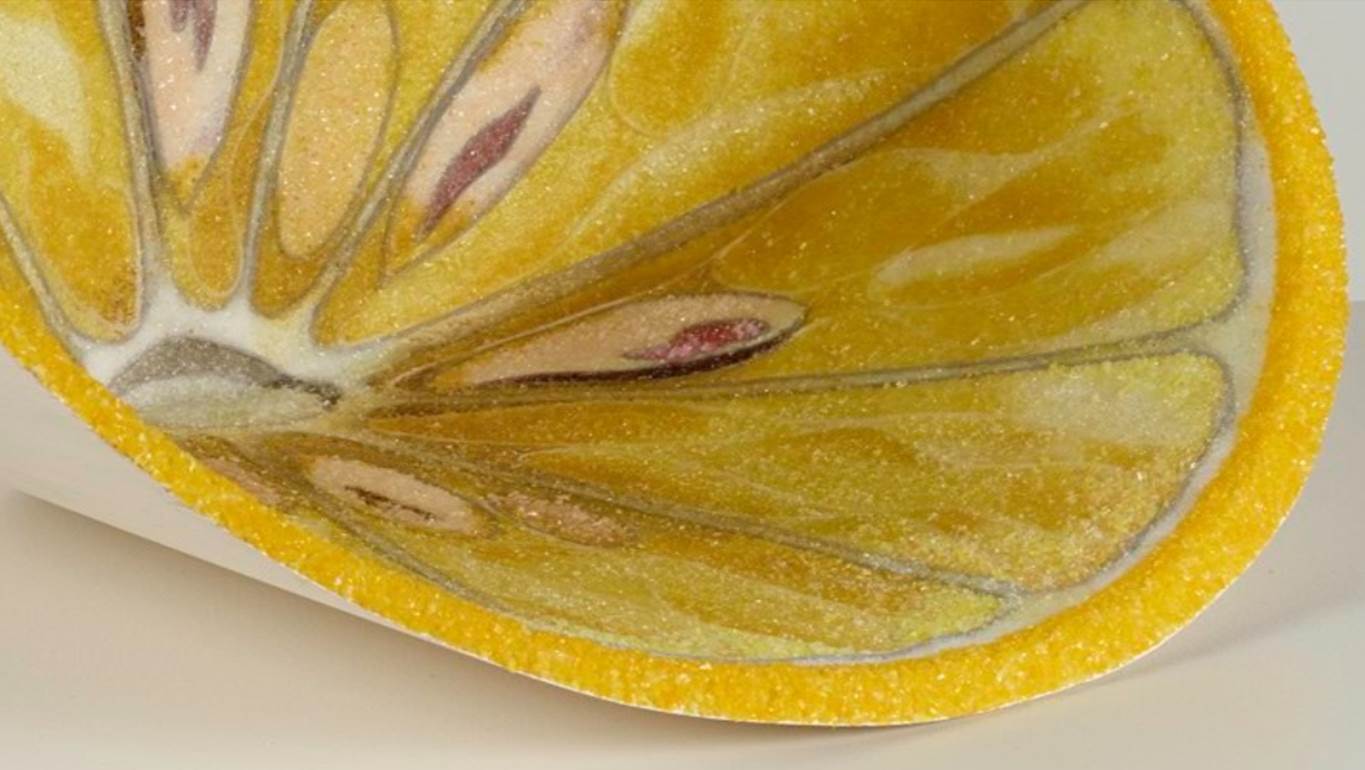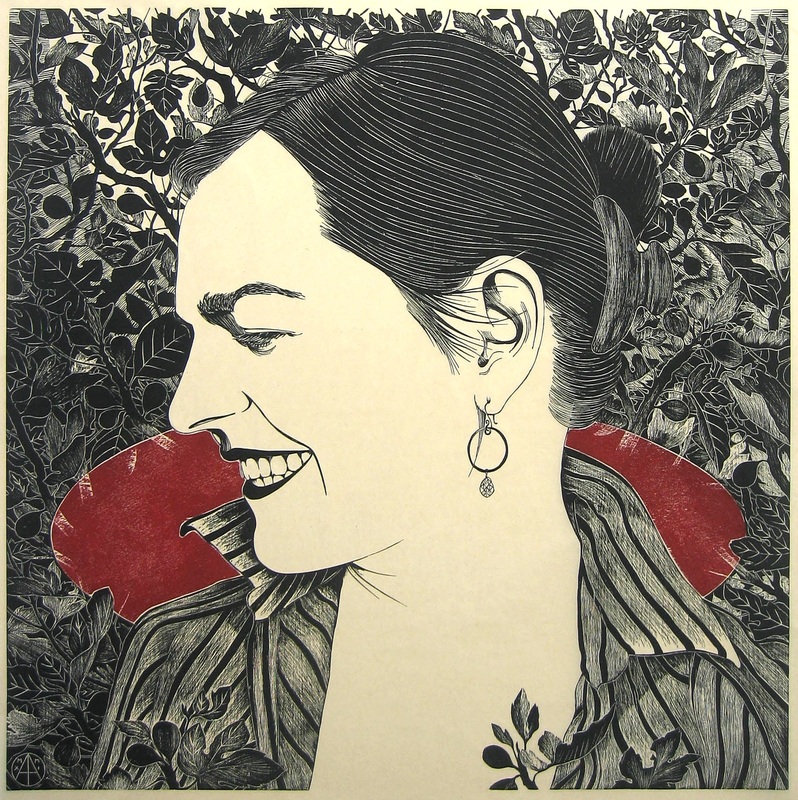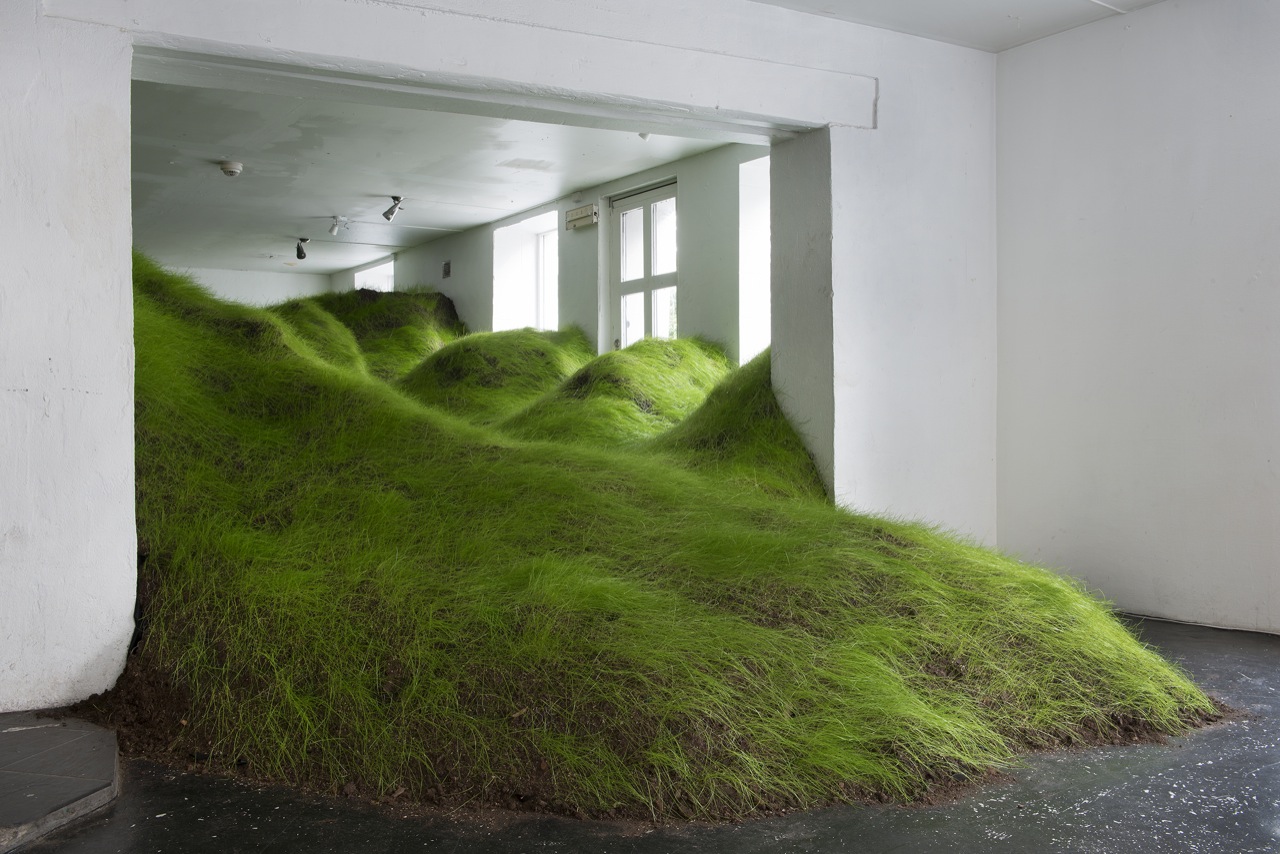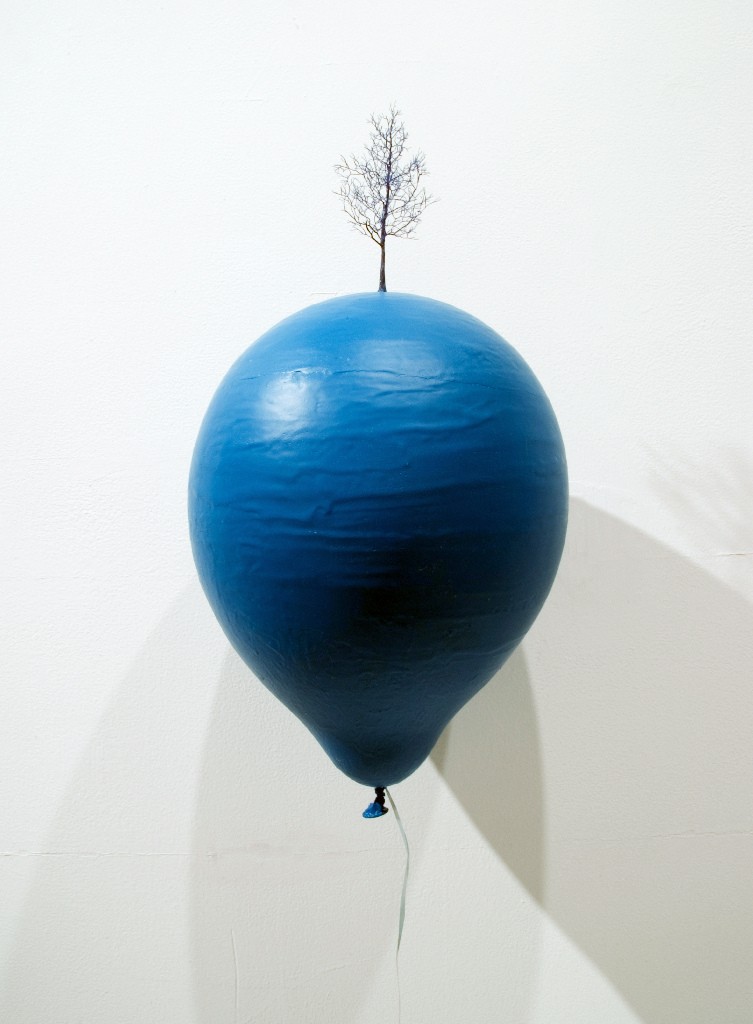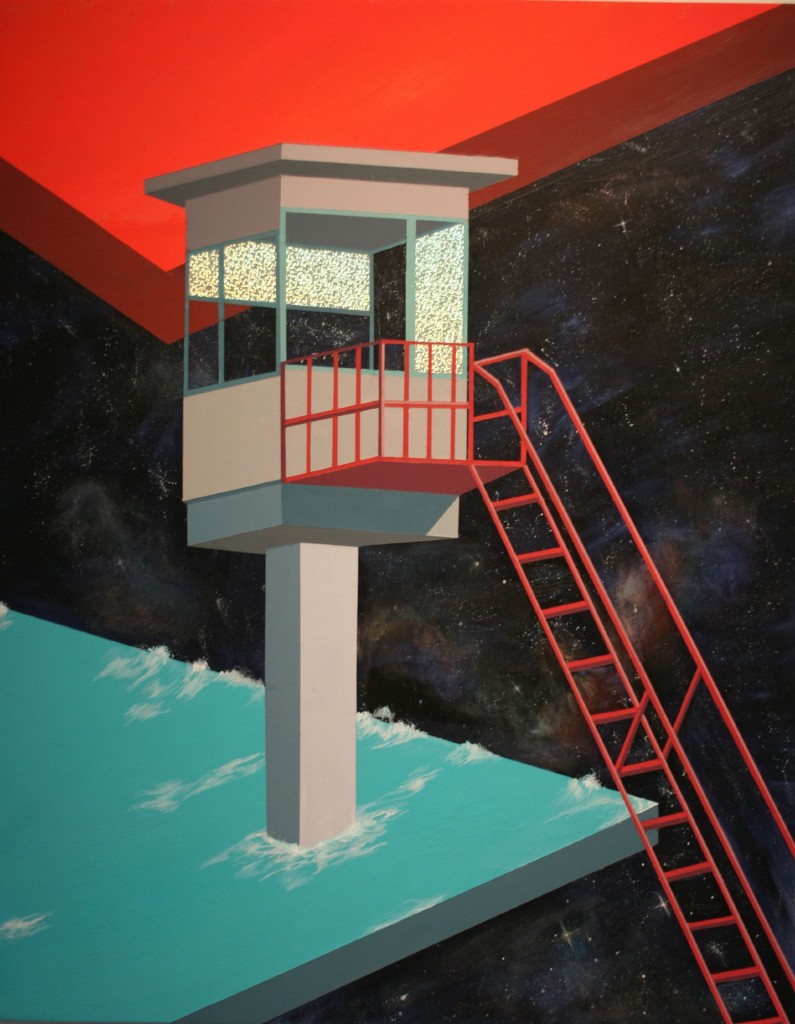Simon Binna
« Grand nu Douala », 2014, Acrylic on Canvas and mixed technique, 56.6 x 50.5″
Acrylique sur toile et techniques mixtes, 1m42 x 1m27
« Grand nu Douala » is one of the latest work of cameroonese artist Simon Binna. At the top of his art, inspired by his experiences both in Europe and Africa, he is refering to art history classical themes in a most contemporary pluricultural interpretation.
« Grand nu Douala » est l’une des dernières oeuvres de l’artiste camerounais Simon Binna. Au sommet de son art, inspiré par ses expériences en Europe et en Afrique, il fait référence aux grands thèmes de l’histoire de l’art en une interprétation pluriculturelle contemporaine.
The artist :
Born in 1966 in Douala, Cameroon, Simon Binna « explores and revisits quintessential African themes such as the human figure and the ubiquitous African mask. » At times dense or minimalist, he is continiously playing with the codes, free to use heavy materials or classical paintings, always creating powerful and meaningfull artwork.
Né en 1966 à Douala au Cameroun, Simon Binna explore et revisite des thèmes omniprésents dans l’art africain, tels que la figure humaine ou le masque. Tantôt dense ou minimal, l’artiste joue continuellement avec les codes, se sentant libre d’utiliser matériaux lourds ou peintures, pour concevoir des œuvres puissantes et chargées de sens.
More about Simon Binna – Plus d’infos sur Simon Binna
Currently presented in Partner in art’s exhibition by Estelle Fournier, New York, at the Salon Zürcher Africa, until May 7.. L’oeuvre est actuellement présentée dans l’exposition Partner in Art de Estelle Fournier, au sein du Salon Zürcher Africa, jusqu’au 7 mai à New York.
About Simon’s exhibition – A propos de l’exposition de Simon

